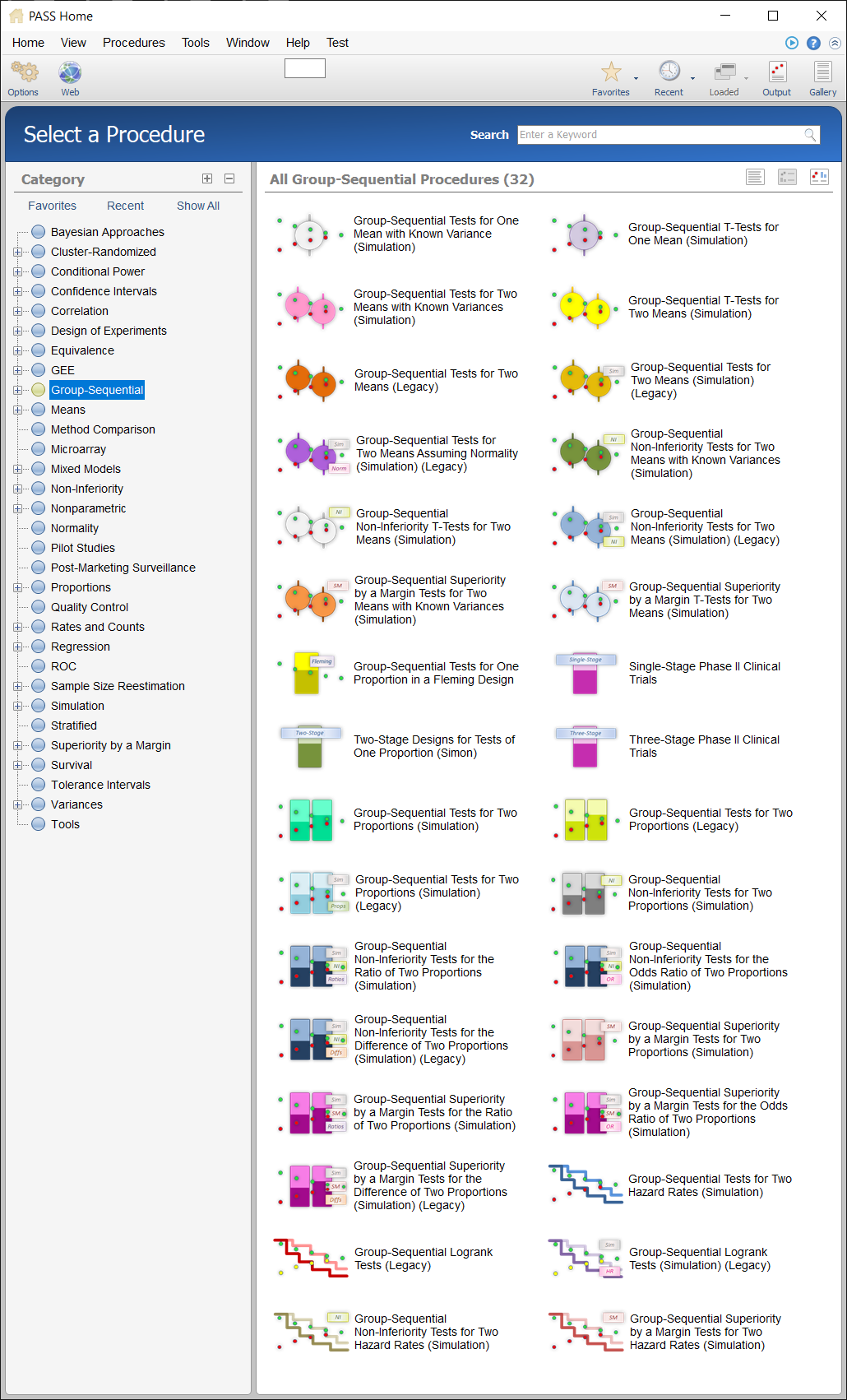

1 CSCI 1170 Computer Science Step 1: Learn Python 0 Stage 2: More advanced.
#Two stage sequential testing pdf#
A two-stage design is one of the alternative designs, group-sequential and adaptive designs, that have been considered for clinical use since the 1970s. in sequential order Download a PDF version of this roadmap: (Coming Soon. Since 2010, the European Medicines Agency (EMA) has allowed a two-stage design in bioequivalence studies.

This variant of the sequential test involvesmultiple, distinct stages, where the evidence accumulated from each stage is carried over into the next one,and is motivated by a need to keep certain sensors in the network inactive unless triggered by other sensors. We have had more than 2200 results of bioequivalence studies in the last 32 years. We discuss an algorithm to compute its performancestatistics and illustrate the approach on some examples. We propose two group sequential testing procedures with improved secondary power: the improved Bonferroni procedure and the improved Pocock procedure. We then present an extension of the Wald sequential testfor combining the outputs of the Bayesian network over time. Two-stage sequential tests for proportions and means with follow-up period 345 and an analogous expression for the probability fl of falsely rejecting H, by the terminal test: p P(T, I B, T, klH,) + P(T, 2 A, Tz 5 k(fh). We first discussa Bayesian network formulation of classical probabilistic data fusion, which allows elementary fusionstructures to be stacked and analyzed efficiently. We describe a methodology for modeling the performance of decision-level data fusion between differentsensor configurations, implemented as part of the JIEDDO Analytic Decision Engine (JADE). The Stage 1 data allows three decisions (1) stop and declare significance, (2) stop for futility, and (3) continue the study with sample size for the second stage based on the first stage data.Sequential testing over multiple stages and performance analysis of data fusion Sequential testing over multiple stages and performance analysis of data fusion Several sequential analogs of Steins two-stage test procedure are presented for testing hypotheses about the mean of a normal population with unknown. These methods partition the study into two stages. Next, we discuss the Bauer–KÖhne and Proschan–Hunsberger two-stage adaptive methods which bound the Type I error rate. At a minimum, it is recommended that stages contain at least one stage directive for each discrete part of the continuous delivery process, such as Build, Test, and Deploy. We discuss adjustments when the Brownian motion model assumption does not hold, and estimation and confidence intervals after stopping early. Stages contains a sequence of one or more stage directives, the stages section is where the bulk of the work described by a Pipeline will be located. In two-stage group sequential trials with a primary and a secondary endpoint, the overall type I error rate for the primary endpoint is often controlled by an -level boundary, such as an O'Brien-Fleming or Pocock boundary. Flexible versions of these methods are developed using alpha spending function approach, where the decision to perform an interim analysis may be based on information independent of the study up to that point. Adaptive Extensions of a Two-Stage Group Sequential Procedure for Testing a Primary and a Secondary Endpoint (II): Sample Size Re-estimation Ajit C. We compare two methods for group sequential analysis with equally spaced looks, the Pocock and the O’Brien–Fleming methods, both based on the Brownian motion model. This chapter first describes group sequential methods, where interim tests of a study are done and the study may be stopped either for efficacy (if a large enough early treatment effect is seen) or for futility (if it is unlikely that a treatment effect will be significant if the study goes to completion).


 0 kommentar(er)
0 kommentar(er)
